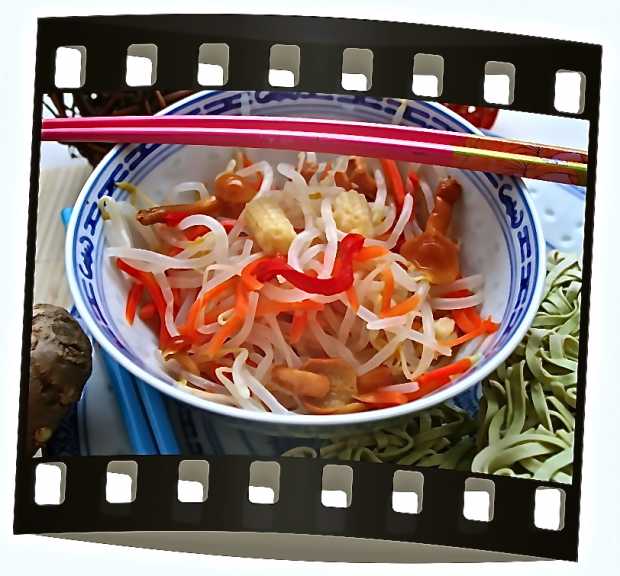Not a member yet? Sign Up!
Info
Please use real email address to activate your registration

Hélène Dujardin is one tough act to follow. She is the creator of Tartelette, an award winning blog and a professional food photographer and stylist whose work received praises from publications such as Forbes Magazine, Martha Stewart, Saveur, CNN and Elle.
I believe Hélène Dujardin’s personal background (she was raised in Provence, France), skills, hard work and warmth contribute to the success of a book she wrote - Plate to Pixel: Digital Food Photography & Styling.
This Kitchen Reader September choice, is a “how to” book, aimed at taking readers “through the art and techniques of appetizing food photography for everyone from foodies to food bloggers to small business owners looking to photograph their food themselves.”
I was sure that it is impossible to read the book in one sitting and that I need to put the book down from time to time to try the techniques Hélène suggests in the book. However, I was hooked since the Acknowledgement pages. It is impossible not to smile reading the appreciations and affections showered to Monique and Jacques, Arnaud and Stephanie, Papi René, Mami Paulette, Thierry, and others who influenced Hélène’s life.

In the Introduction part I learned that you do not always need fancy props to get good pictures. Hélène used cocoa nibs and cocoa powder to make perfect natural props for a picture of chocolate cookies.
Reading the table of contents I was again hesitant to continue reading as the first half of the eight chapters book only talks about photography basics, camera settings and lights. I really would like to get down to the meat of the book, the last four chapters, learning how to do composition and food styling.
Hélène Dujardin’s argument and analogy though made me read through the first four chapters without skipping any: “practicing to get great images that make your mouth water will be much more rewarding when you take control of all the photographic elements that get you there. Unless a prodigy, you can’t expect to pick up a violin and play a melodic rendition of Beethoven Sonata No.9 without first learning music.”
Interspersing food photos with technical terms, Hélène is able to show readers that it is important to understand your camera well. As an example there is a series of salad photos taken with different ISO (100, 250, 640, 1600, 3200, 6400) illustrating the digital noise (dust) for different ISO.
The part on Styling (Chapter 7) is a beginner’s dream. Readers do not have to reinvent the wheel as Hélène shared her tips and techniques to achieve beautifully natural shots for herbs and spices, bread, fruits and vegetables, sauces, stir fries, fish and meats, pasta, nuts, cakes, ice cream, and beverages.

I would have thought that by perfectly presenting all the techniques, Hélène Dujardin would not touch on photo editing. But this topic, along with downloading, storing, sharing files, and securing copyright, is comprehensively covered in the finale- Chapter 8: After Capture.
Yes, I finished reading Plate to Pixel from end to end in one sitting. Hélène Dujardin is indeed a tough act to follow. But, continuing her earlier analogy: “even when you learn to read music and play a violin, you may never actually play Beethoven but at least you will know the fundamentals. Photography is similar”
---------------------------
Text: Amanda Niode
Images: Silvia Bogdanski, Goodluz/Shutterstock, Wiley.